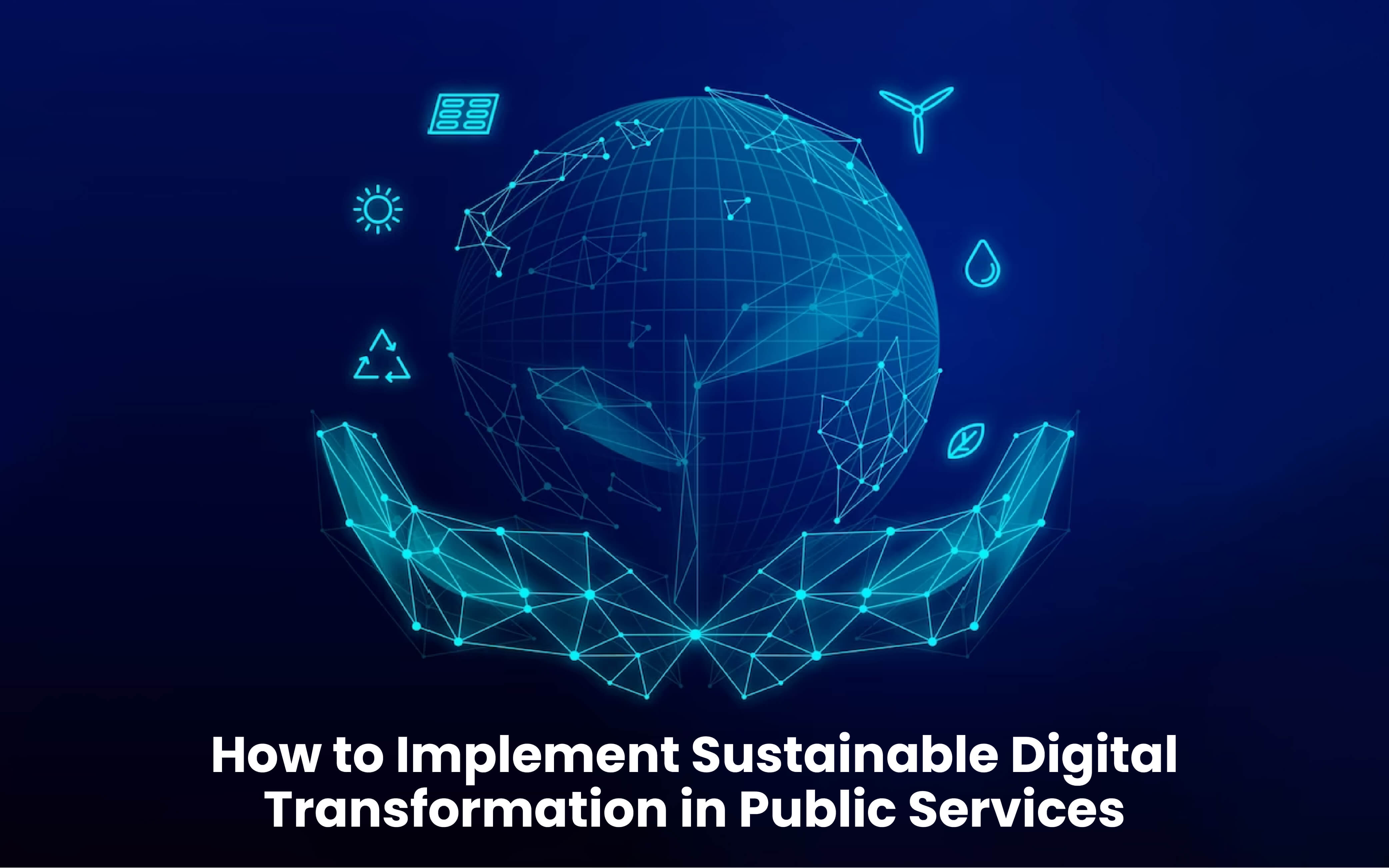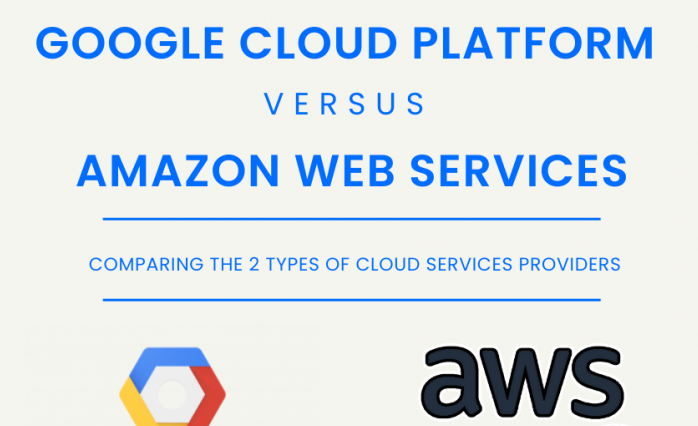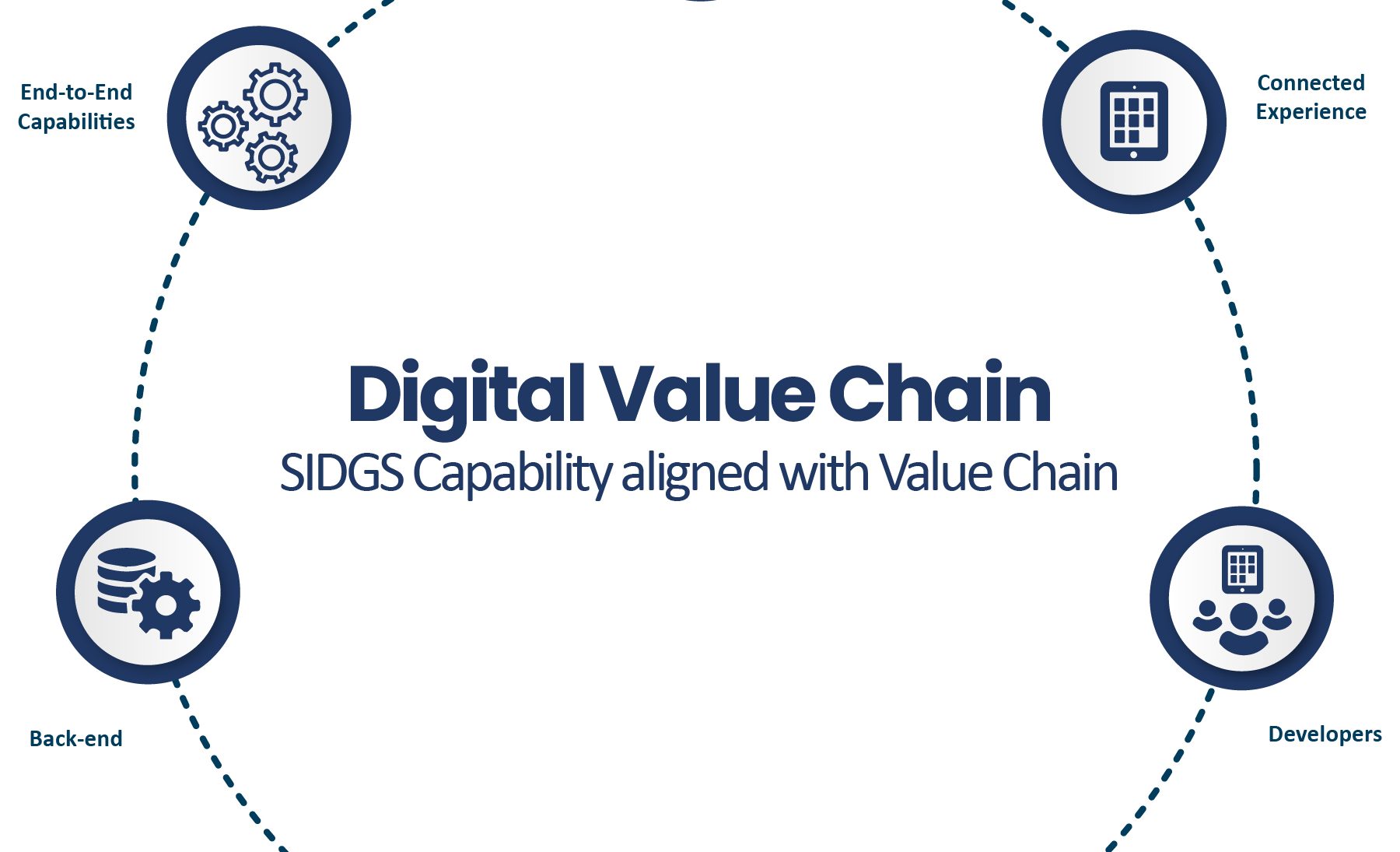Blogs
To know about all things Digitisation and Innovation read our blogs here.
Digital Transformation
How to Implement Sustainable Digital Transformation in Public Services
SID Global Solutions
23 February 2023

Introduction
In today’s world, digital transformation has become an essential part of public services. It has the potential to improve efficiency, productivity, and service delivery, but it also has a significant impact on the environment. Many public service organizations are looking for ways to implement sustainable digital transformation practices that are not only efficient but also environmentally friendly. In this article, we will provide a detailed guide on how to implement sustainable digital transformation in public services.
Start with a Sustainable Digital Transformation Strategy
The first step in implementing sustainable digital transformation in public services is to create a comprehensive strategy. This strategy should outline the objectives, goals, and targets that the organization wants to achieve through digital transformation. It should also include a sustainability component that defines the organization’s environmental objectives and how it plans to achieve them.
To create a comprehensive sustainable digital transformation strategy, public service organizations should involve all stakeholders, including employees, customers, and partners. They should also consider the current state of technology, the available resources, and any regulatory requirements that may affect the organization’s sustainability goals.
Also Read: How Digital Transformation is Shaping the Future of Customer Experience?
The strategy should identify the following:
- Goals and objectives: The goals and objectives should be aligned with the organization’s overall mission and vision. They should be specific, measurable, achievable, relevant, and time-bound (SMART).
- Sustainability targets: The sustainability targets should be specific, measurable, and time-bound. They should focus on reducing the environmental impact of the organization’s operations, such as reducing greenhouse gas emissions, energy consumption, and waste generation.
- Key performance indicators (KPIs): KPIs should be identified to measure the organization’s progress towards its sustainability targets. KPIs can include energy consumption, waste reduction, and greenhouse gas emissions.
Conduct an Environmental Impact Assessment
Before implementing any digital transformation initiatives, public service organizations should conduct an environmental impact assessment. This assessment will help the organization identify the potential environmental impacts of the proposed digital transformation initiatives and how to mitigate them.
The assessment should cover all aspects of the organization’s operations, including energy consumption, waste management, and greenhouse gas emissions. It should also consider the entire lifecycle of the digital transformation initiatives, from the production of technology components to their disposal at the end of their useful life.
The environmental impact assessment should identify the following:
- Potential environmental impacts: The assessment should identify the potential environmental impacts of the digital transformation initiatives, such as energy consumption, waste generation, and greenhouse gas emissions.
- Mitigation measures: The assessment should identify measures to mitigate the potential environmental impacts. Mitigation measures can include the use of renewable energy sources, waste reduction, and recycling.
- Lifecycle analysis: The assessment should consider the entire lifecycle of the digital transformation initiatives, from the production of technology components to their disposal at the end of their useful life.
Also Read: Why a Digital Mindset is Critical for Customer-Centric Digital Transformation
Prioritize Sustainable Digital Solutions
When implementing digital transformation initiatives, public service organizations should prioritize sustainable solutions. This means selecting digital solutions that have a low environmental impact and can be easily maintained and upgraded.
Public service organizations can prioritize sustainable digital solutions by:
- Selecting cloud-based solutions: Cloud-based solutions reduce the need for physical infrastructure and lower energy consumption. They can also be easily scaled up or down, depending on the organization’s needs.
- Selecting technologies with a long lifespan: Public service organizations should select technologies that have a long lifespan and can be easily recycled or repurposed at the end of their useful life. This will reduce the environmental impact of the organization’s operations.
- Implementing green data centers: Green data centers are designed to be energy-efficient and have a low environmental impact. They use renewable energy sources and advanced cooling systems to reduce energy consumption and greenhouse gas emissions.
- Adopting a circular economy approach: Public service organizations can adopt a circular economy approach by reusing and repurposing technology components at the end of their useful life. This will reduce waste generation and lower the organization’s environmental impact.
Engage Employees and Stakeholders
To implement sustainable digital transformation successfully, public service organizations must engage employees and stakeholders. This includes involving employees in the design and implementation of digital transformation initiatives and educating stakeholders about the organization’s sustainability goals.
Engaging employees and stakeholders can help the organization achieve the following:
- Employee buy-in: By involving employees in the design and implementation of digital transformation initiatives, public service organizations can increase employee buy-in and support for these initiatives.
- Innovation: By involving employees in the design and implementation of digital transformation initiatives, public service organizations can tap into their creativity and innovation.
- Awareness: By educating stakeholders about the organization’s sustainability goals, public service organizations can raise awareness about the importance of sustainability and encourage stakeholders to support the organization’s sustainability initiatives.
Also Read: 6 Essential Tools for a Successful Digital Transformation
Monitor and Measure Performance
Once sustainable digital transformation initiatives are implemented, public service organizations must monitor and measure their performance. This includes tracking the organization’s progress towards its sustainability targets, identifying areas for improvement, and adjusting the organization’s sustainability strategy accordingly.
To monitor and measure performance, public service organizations can:
- Use key performance indicators (KPIs): KPIs can be used to track the organization’s progress towards its sustainability targets. KPIs can include energy consumption, waste reduction, and greenhouse gas emissions.
- Conduct regular audits: Regular audits can help identify areas for improvement and ensure that the organization is meeting its sustainability goals.
- Benchmark against industry standards: Public service organizations can benchmark their sustainability performance against industry standards to identify areas for improvement and best practices.
Conclusion
Sustainable digital transformation is essential for public service organizations to reduce their environmental impact while improving efficiency, productivity, and service delivery. To implement sustainable digital transformation successfully, public service organizations must create a comprehensive strategy, conduct an environmental impact assessment, prioritize sustainable digital solutions, engage employees and stakeholders, and monitor and measure performance.
By following these steps, public service organizations can implement sustainable digital transformation initiatives that are efficient, effective, and environmentally friendly. They can also set an example for other organizations to follow and contribute to a more sustainable future.
SID Global Solutions is a technology consulting and digital solutions company that is dedicated to helping public service organizations achieve their digital transformation goals. SIDGS offers a wide range of services, including digital strategy development, solution design and implementation, change management, and performance measurement.
Also Read: How Low-Code Software Tools are Fueling Digital Transformation?
One of the key ways that SIDGS helps public service organizations with digital transformation is by prioritizing sustainability in all of its solutions. We recognizes the importance of reducing environmental impact while improving efficiency, productivity, and service delivery. Therefore, the company focuses on developing sustainable digital solutions that not only meet the needs of public service organizations but also align with their sustainability goals.
SIDGS emphasizes employee and stakeholder engagement throughout the digital transformation process. We recognizes the importance of involving employees in the design and implementation of digital solutions and educating stakeholders about the organization’s sustainability goals. By doing so, we can ensures that the solutions it develops are tailored to the needs of the organization and are supported by employees and stakeholders.








